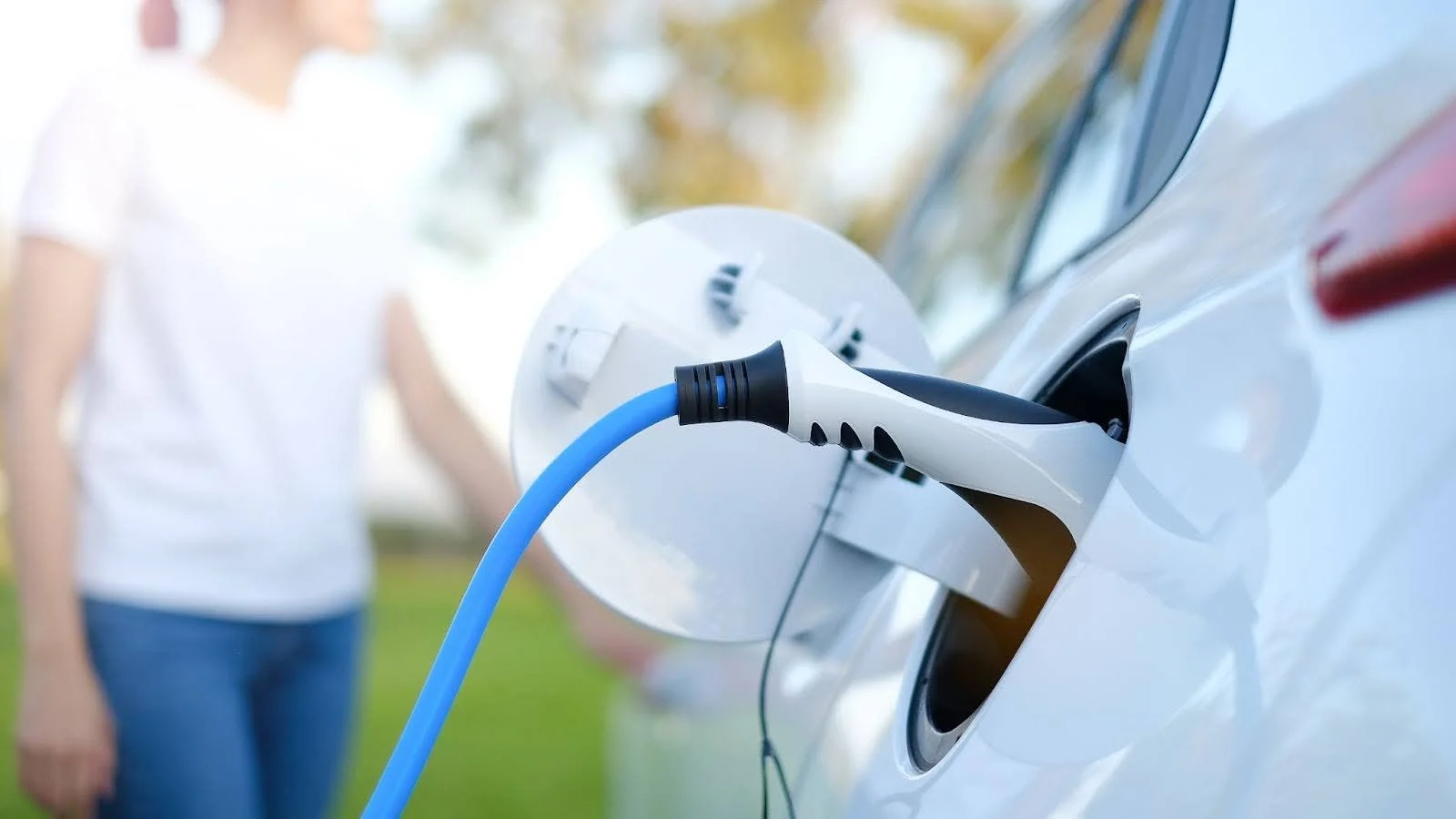Our Five-Year Look Back: Open Charging Networks Are the Future of EV Charging
When we first published “Why Open Charging Networks Are the Future of EV Charging” in September 2020, the electric vehicle landscape was quite different. Our team at EV Connect recognized the potential of open networks to address these challenges, but we couldn't have predicted exactly how the ecosystem would evolve.
Looking back from 2025, we can now evaluate how our predictions about open networks played out and what new developments have shaped the industry. We're committed to regularly revisiting our industry analyses and ensuring we provide the most current information to our customers and partners.
This retrospective is part of our ongoing commitment to better serve the EV community in this rapidly evolving landscape.
The Evolution of Open Standards
In 2020, we outlined three major benefits of open charging networks:
Flexibility and interoperability through OCPP standards
Increased technical innovation
Acceleration of transportation electrification at scale
Five years later, these predictions have largely come true—though with some interesting developments.
OCPP and Interoperability: From Concept to Standard
The industry has embraced OCPP (Open Charge Point Protocol) as the foundation for interoperable EV infrastructure. In addition, OCPI (Open Charge Point Interface) has emerged as a critical tool enabling EV roaming—allowing drivers to access stations across different networks, similar to cell phone roaming.
Together, OCPP and OCPI have:
Reduced app fatigue by minimizing the need for multiple memberships
Simplified the driver experience
Expanded access across more charging locations
The Rise of Plug-and-Charge
Beyond OCPP, the industry has developed "plug-and-charge" capability (ISO 15118), revolutionizing the charging experience. As predicted, standardization has made charging more seamless and secure. With Plug-and-Charge:
Billing credentials are tied to the vehicle, not a user account
Authentication happens automatically via asymmetric cryptography
There’s no need for cards, fobs, or logins
Looking ahead, “Universal Plug and Charge”, an SAE International initiative, is set to roll out broadly in early 2025—with widespread support from automakers and charging networks.
Power Management & Infrastructure Growth
Over the past five years, power management technology has become essential to the growth of charging networks. These systems:
Balance electrical loads across multiple stations
Optimize amperage limits
Prevent over-investment in unused capacity
According to Paren’s State of the Industry Report: U.S. EV Fast Charging — Q1 2025, the U.S. now has 55,580 non-Tesla DC fast charging ports across 10,839 sites with an average of 3.9 cables per station, up from 2.7 in 2024.
Infrastructure is scaling faster than expected—another signal of strong industry momentum.
New Innovations Beyond Open Networks
Several developments have gained traction beyond what we forecast in 2020:
Vehicle-to-Grid (V2G): EVs can now send power back to the grid, helping stabilize peak demand and enabling better use of renewables.
Ultra-Fast Charging: Charging speeds of up to 350 kW are becoming common, with 80% charges achievable in ~20 minutes—easing concerns around range anxiety.
Wireless Charging: Wireless EV charging, both stationary and in-motion (via road-embedded coils), has moved from pilot phase to real-world use cases.
Progress in Reliability and Pricing Standardization
The U.S. Reliability Index for non-Tesla networks rose to 82.6 in Q1 2025 (up from 81.2 in Q4 2024)—a modest but meaningful step toward greater consistency. As of 2025:
80% of public sessions are billed by the kilowatt-hour
16% use time-of-day kWh pricing
Only 4% charge by time plugged in
This shift represents progress toward a fair, consistent, and user-friendly pricing model.
Connector Standardization
Connector adoption is shifting—but still in transition:
31% use NACS (North American Charging Standard, formerly Tesla)
10% use CHAdeMO
Only 104 new NACS charging ports were installed outside Tesla's Supercharger network, indicating the transition is still in early stages. The "universal Plug and Charge" initiative by SAE International aims to enhance the charging experience by building on ISO standard 15118, making authentication faster and more secure, with support from major players like Tesla.
The Next Five Years
The decreasing cost of both EVs and charging infrastructure, paired with the tremendous strides in interoperability, has accelerated adoption beyond what we initially predicted. At EV Connect, we're thrilled to see OCPP-compliant solutions becoming the industry standard, validating our early commitment to open networks that truly benefit both station operators and EV drivers alike.
Looking back, we're proud that the vision we outlined in our 2020 blog has largely come to fruition. Our early advocacy for open standards has helped shape a more mature, user-friendly EV charging ecosystem. While challenges like expanding rural infrastructure and connector standardization persist, they are optimistic about the future of open, interoperable charging networks driving innovation in electric mobility.
At EV Connect, we remain committed to:
Championing open, interoperable standards
Building solutions that scale with evolving user needs
Partnering with businesses, utilities, and municipalities to shape the next era of EV infrastructure
We invite our partners, customers, and the broader EV community to continue building a connected, sustainable transportation future—one charging station at a time.
About EV Connect
EV Connect is the comprehensive EV charging platform for companies of all sizes to build, run, and scale their EV charging business. Trusted by CPOs, OEMs, fleets, utilities, and more, we’ve delivered charging solutions for U.S. businesses which enable over 4 billion miles of travel!
Learn about our EV charging software, explore our EV charging network, and download the EV Connect app today!

